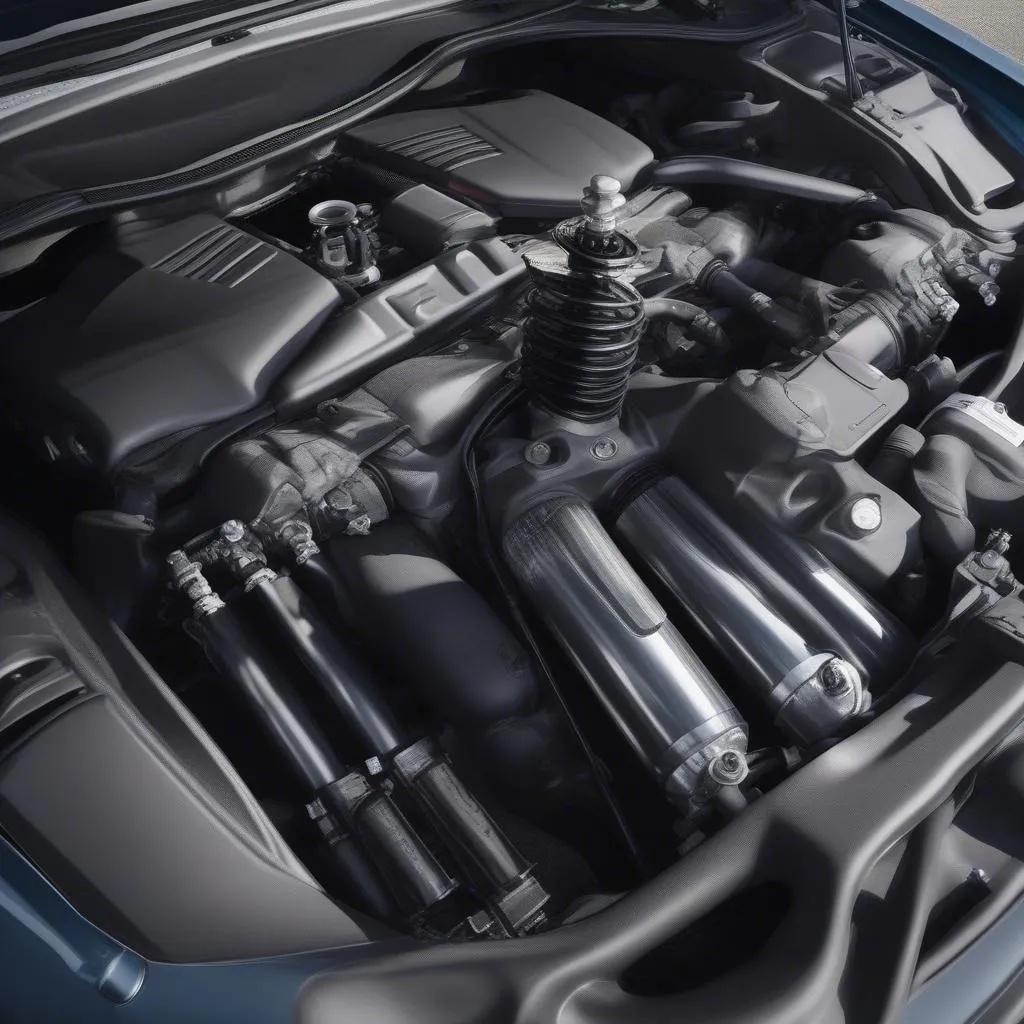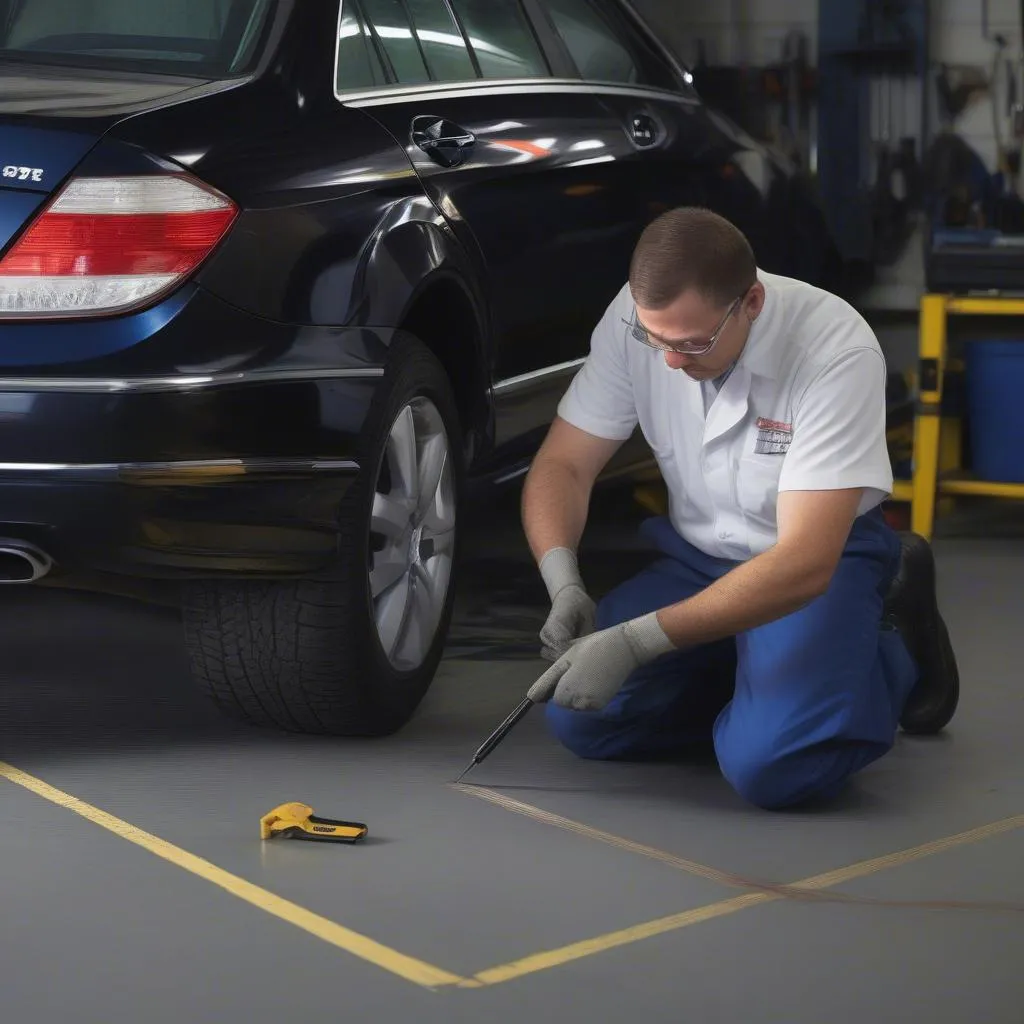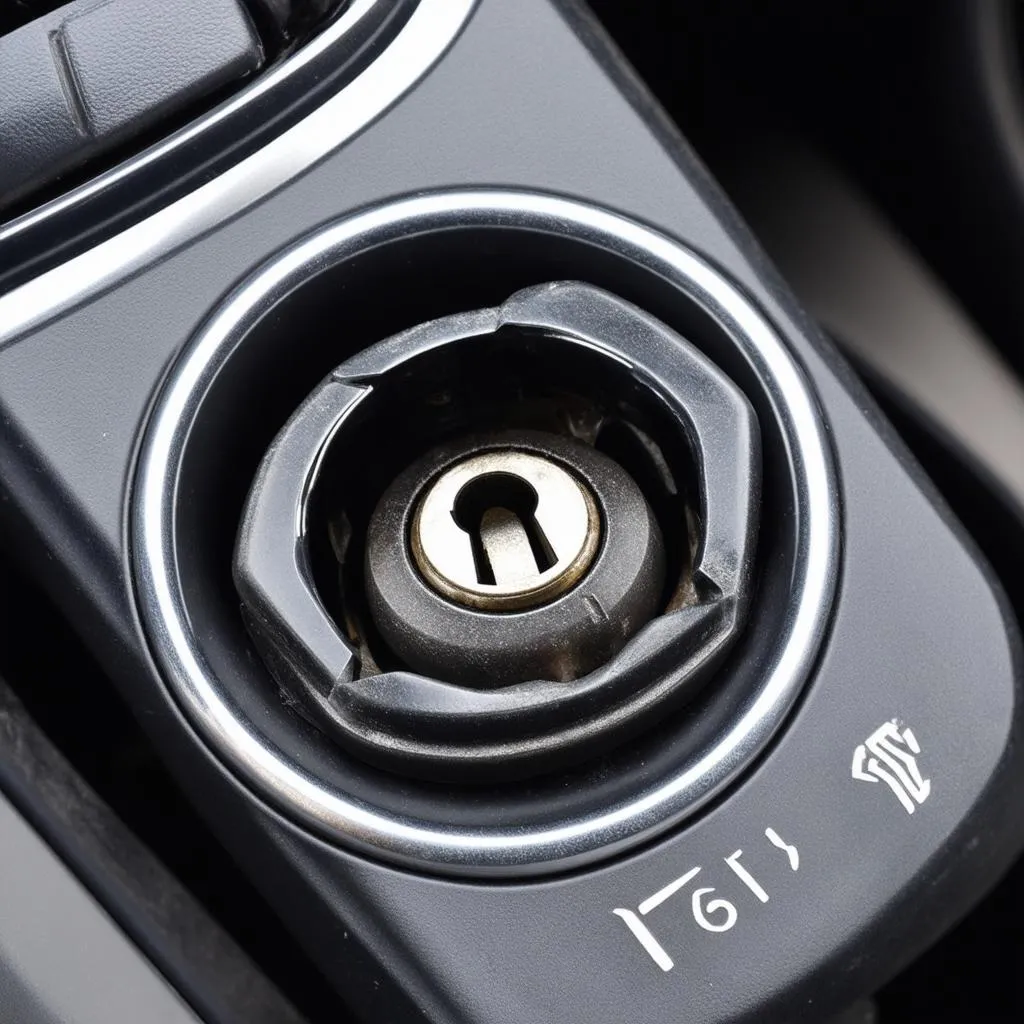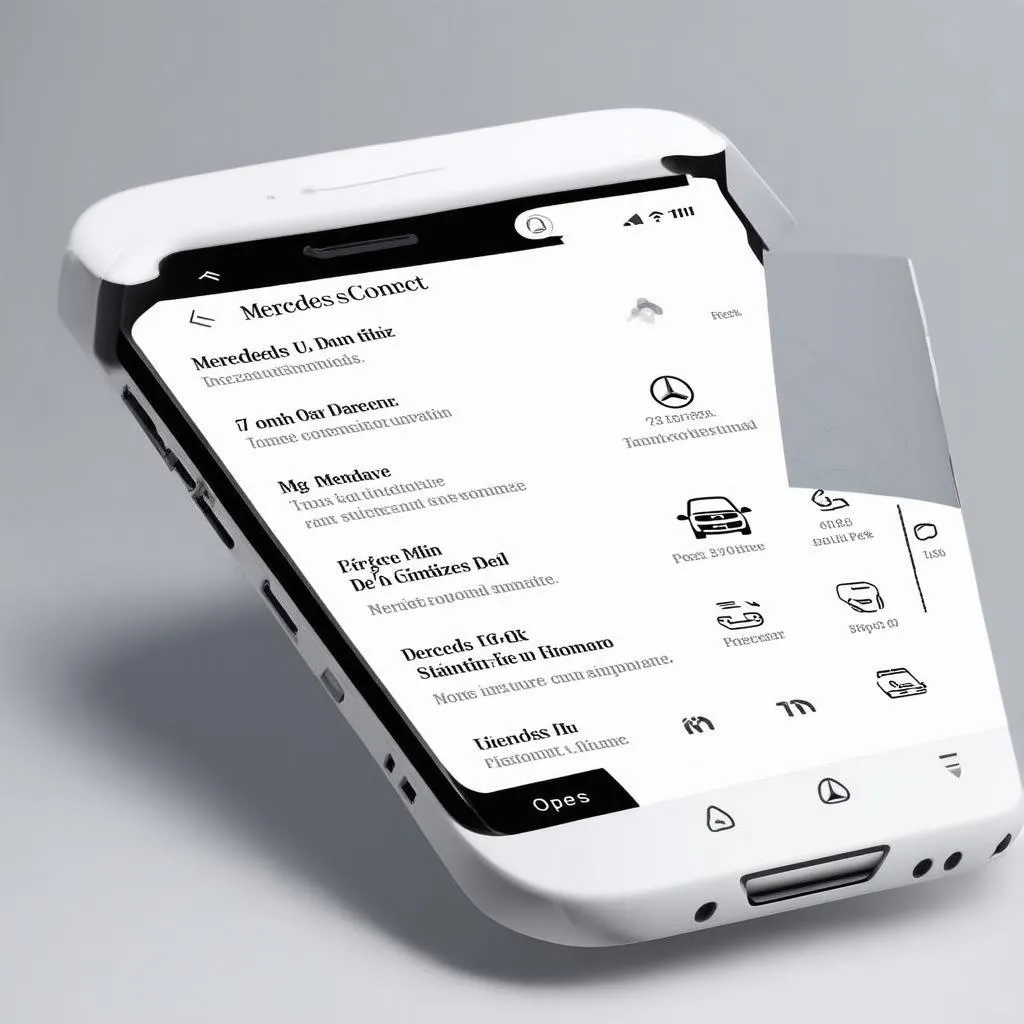Is your 2013 Mercedes C250 feeling a little unstable? A shaky ride can be alarming and a sign of underlying mechanical issues. This guide will walk you through potential causes, symptoms, and solutions to help you stabilize your Mercedes C250 and get back to enjoying a smooth driving experience.
Understanding the Issue: Why is My C250 Unstable?
Several components could be contributing to instability in your 2013 Mercedes C250. It’s crucial to identify the root cause before attempting any repairs. Here are some common culprits:
1. Worn Suspension Components:
- Shocks and Struts: These components absorb shocks from bumps and dips in the road. Over time, they can wear down, leading to a bouncy ride, poor handling, and instability.
- Control Arms and Bushings: These parts connect the wheels to the suspension system. Worn bushings or damaged control arms can cause clunking noises, vibrations, and unpredictable handling.
2. Tire Problems:
- Uneven Tire Wear: This can result from misaligned wheels, worn suspension components, or improper inflation. It can lead to pulling, vibrations, and instability.
- Tire Pressure Issues: Underinflated or overinflated tires can impact your vehicle’s handling and stability.
3. Alignment Issues:
- Wheel Alignment: If your wheels are misaligned, your car might pull to one side, the steering wheel might be off-center, and you might experience uneven tire wear.
4. Steering System Malfunctions:
- Power Steering Problems: Issues like a failing power steering pump or low fluid levels can make steering difficult and impact vehicle stability.
5. Brake System Concerns:
- Sticking Brake Caliper: If a brake caliper is sticking, it can cause the car to pull, create a burning smell, and even lead to decreased fuel efficiency.
 Mercedes C250 Suspension System
Mercedes C250 Suspension System
Identifying the Problem: Symptoms to Look Out For
Recognizing the symptoms of instability is key to early diagnosis and repair. Watch out for these warning signs:
- Pulling or Drifting: Does your C250 pull to one side while driving? This could be a sign of alignment problems, tire issues, or a sticking brake caliper.
- Excessive Vibration: Vibrations felt through the steering wheel, floorboard, or seat, especially at higher speeds, can indicate unbalanced tires, worn suspension components, or a damaged wheel bearing.
- Bouncy or Rough Ride: If your car bounces excessively after hitting bumps, or the ride feels overly harsh, it’s a strong indication of worn shocks or struts.
- Unusual Noises: Clunking, banging, or squeaking noises, especially when driving over uneven surfaces, can point to suspension component issues.
- Uneven Tire Wear: Check your tire treads regularly. Uneven wear patterns can be a telltale sign of alignment problems, worn suspension parts, or over/underinflation.
Gearing Up for Repairs: Essential Tools and Equipment
To diagnose and address stability issues in your 2013 Mercedes C250, you may need some specialized tools and equipment, especially if you’re considering tackling the repairs yourself. These can include:
- Car Jack and Jack Stands: For safely lifting and supporting the vehicle.
- Lug Wrench: For removing the lug nuts to take off the wheels.
- Torque Wrench: Essential for tightening lug nuts and suspension components to the correct specifications.
- Socket Set: For working on various bolts and nuts.
- Wrench Set: For holding and turning fasteners.
- Tire Pressure Gauge: To check and adjust tire pressure accurately.
- Penetrating Oil: Helps loosen rusted or seized bolts and nuts.
- Mechanic’s Gloves: Protect your hands during the repair process.
Pro Tip: “For DIY repairs, always consult a reliable repair manual specific to your 2013 C250 model,” advises John Miller, a veteran automotive technician and author of “The Complete Guide to Mercedes-Benz Repair.” “Using the correct torque specifications for fasteners is crucial to prevent damage and ensure safe operation.”
Fixing the Instability: A Step-by-Step Guide
While it’s best to have a qualified mechanic diagnose and repair complex issues, some fixes can be done at home with the right tools and knowledge. Here’s a basic guide for common stability problems:
1. Checking and Adjusting Tire Pressure:
- Locate the recommended tire pressure for your C250 on the sticker inside the driver’s side door jamb.
- Use a tire pressure gauge to check the pressure of all four tires when they are cold.
- Inflate or deflate the tires to match the recommended pressure.
2. Inspecting for Uneven Tire Wear:
- Visually examine your tire treads for signs of uneven wear, like excessive wear on one side or the center of the tire.
- If you notice uneven wear, take your car to a trusted mechanic or tire shop for further inspection and possible wheel alignment or tire rotation/replacement.
Pro Tip: “Remember, addressing tire issues early can not only enhance stability but also extend the life of your tires and improve fuel efficiency,” adds Miller.
 Mechanic Checking Tire Wear
Mechanic Checking Tire Wear
FAQs: Common Questions About 2013 Mercedes C250 Stability Issues
Q: My C250 feels wobbly at highway speeds. What could be wrong?
A: This could be caused by worn suspension components like shocks or struts, tire balance issues, or even aerodynamic factors. It’s best to have a mechanic diagnose the issue to pinpoint the source of the wobble.
Q: How often should I get a wheel alignment on my 2013 C250?
A: It’s a good idea to have your alignment checked annually or every 10,000 miles, or sooner if you frequently drive on rough roads or hit potholes.
Q: I hear a clunking noise when I go over bumps. What does it mean?
A: Clunking sounds often indicate worn suspension components like control arm bushings, sway bar links, or ball joints. Have your suspension system inspected by a qualified mechanic.
Q: Can I use a car diagnostic tool like those from CARDIAGTECH to diagnose stability issues?
A: While some car diagnostic tools can read error codes related to the Electronic Stability Program (ESP) or Anti-lock Braking System (ABS), they might not pinpoint mechanical issues like worn suspension components. It’s always best to consult with a qualified mechanic for a comprehensive diagnosis.
Conclusion: Keeping Your Mercedes C250 Stable and Secure
Maintaining your 2013 Mercedes C250’s stability is essential for a safe and enjoyable driving experience. By understanding the common causes, recognizing the symptoms, and addressing the issues promptly, you can keep your C250 running smoothly for years to come.
Disclaimer: This guide is intended for informational purposes only and should not be considered a substitute for professional mechanical advice. Always consult with a qualified mechanic for any repairs or maintenance needs.


